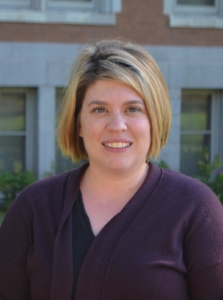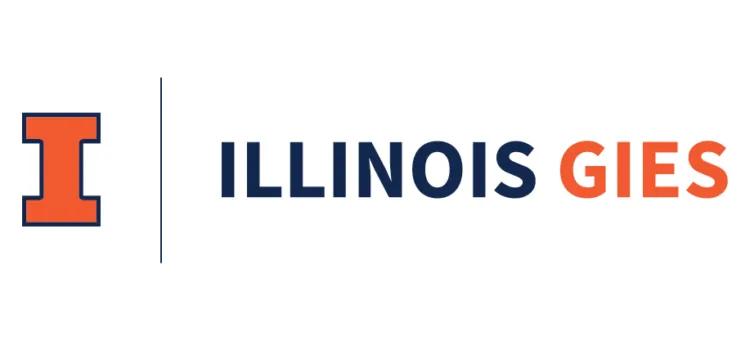A word of advice for soon-to-be high school graduates with their hopes set on getting into a top business school: pay attention to admissions requirements as closely as you do your high school’s graduation requirements.
The advice comes from Heidi Meyer, a 21-year pro in college admissions who says the 22nd ranked Carlson School of Management looks for a calculus-based math track starting with ninth grade along with at least three years of science including biology and chemistry. Also, get started on those language courses.
“If they’re thinking about business, as early as their ninth grade and tenth grade year it’s about figuring out, ‘What are the courses I need to take in order to be competitive for admission,’” says Meyer who is executive director of the University of Minnesota’s Office of Admissions.
Then there are the simple mistakes to avoid such as missing an application deadline. “If they miss a deadline, that information is probably posted in a variety of different places,” she says. As such, Meyer says this is one admissions pitfall that’s easy for students to keep themselves from falling victim to.
Continue reading for this and other advice on what it takes to get into Carlson, tips for parents, and a peek into Carlson’s competitiveness with a look at the business school’s most recent number of applications and acceptance rate.
P&Q: How does admission into Carlson work?
Meyer: When a student applies to admission to the university as first year students, they can apply to one of seven schools one of which is Carlson. We review students for that program and can admit them for freshman year. We consider students as first-year students and they can also apply as transfer students whether after their first year or after their second year at the university.
The application for admission allows students to indicate their first choice major — which then has a corresponding college — then another major in that college and, finally, an alternate choice in a different college. Then we have a free-form text field where we want students to provide information about why they’ve chosen that field of study.
If they’re thinking about entrepreneurial management, we want to know how they see that major fitting into their long-term career. This is really helpful information when we’re reviewing the application because if the business school isn’t a good fit, maybe there’s another major on campus for them.
That section is optional, but they should fill it in. That’s good advice for any field that’s optional. If a school is giving a chance to provide more specific information about a student and their interests, the student needs to take it and show how it will align with that institution.

Heidi Meyer is is executive director of the University of Minnesota’s Office of Admissions which oversees admissions into the Carlson School of Management. University of Minnesota photo
P&Q: What are you specifically looking for on the applications?
Meyer: We use primary and secondary review factors to get a sense of the whole student. Primary factors carry the most weight. These include SAT and ACT scores, grades, and grade trends. Secondary factors are the extracurricular activities such as community service, military service, jobs, and other activities outside the classroom.
P&Q: How much of the final decision is determined by primary factors versus secondary?
Meyer: We don’t have a percentage and there’s no weight scale. With the primary review factors, we’re really trying to assess if they have the foundational skills to be a successful student at the university and in the business school, knowing the coursework that’s involved. We want them to be academically prepared to be graduating in four years.
P&Q: How closely do you work with Carlson administrators to determine who is accepted into the business school?
Meyer: The review happens within office of admissions, but if we turn that back, the college is really the driver to let us know who they’re looking for. So we meet with Dean Singh and perhaps other folks on his team every year at the beginning of the admissions season so we can understand who they’re generally looking for and what their priorities are. We then review students based on their individual wants.
P&Q: Does the school offer early action or early decision?
Meyer: Not for Carlson specifically. As an institution, we have an early action deadline of November 1 for all of our programs. So if they apply by November 1, they’ll hear a decision by the end of January. Early action is non-binding so they’re not required to enroll. Our more final deadline is January 1 and they receive a decision by the end of March. We always recommend they apply as early as possible. It gives them more opportunity to learn more about the school and campus programming. It also gives the opportunity to receive scholarship and honors information sooner in the cycle.
P&Q: How many applications are you typically receiving for the business school?
Meyer: For the fall 2017 incoming class, we saw about 7,000 applications for the Carlson School of Management.
P&Q: And for how many seats? Is there a cap on how many students you let into the business program each year?
Meyer: Each college has an enrollment goal. We have an enrollment goal for the Carlson school that’s around 600 students. We want to make sure resources are in line with the students we have and to ensure they have meaningful interactions with their advisors.
P&Q: What’s the typical acceptance rate for the business school?
Meyer: For fall 2017, we had around 43,000 total applications to the university. We admitted just a shade over 2,000 into the Carlson School of Management and went slightly over target in terms of the number who enrolled which was 627.
It does change year to year. We had more students than just 600 because we know students we’re admitting have a lot of opportunity and will consider other top business schools so the competitiveness of the applicant pool is really what determines the number of students accepted.
In terms of consistency, the Carlson school is not our largest college, it’s our third largest on campus so certainly others received more applications. The largest is the College of Liberal Arts, next is the College of Science and Engineering.
P&Q: What happens if a student is admitted into the university, but not Carlson?
Meyer: Students can select alternate choice colleges on the application. We do admit some students to alternate choice colleges if they have a true interest that indicates they’d be a good successful student. For instance, the College of Liberal Arts economics department tends to be a well-aligned program.
We also see a number of inter-college transfers. Those are students who start on campus in one college and end up in a different one because they feel they have a better fit. They can re-apply through the internal transfer process. It’s not a full application process, but it’s still a competitive review. They’re required to complete a certain number of prerequisite courses such as calculus and microeconomics if they want to be considered in that pool for either a second or third year admission.
GPA is factored into the new review process and having the opportunity to take pre-req courses at the university that current students are taking is a really a good option for students who want to reapply to get in.











